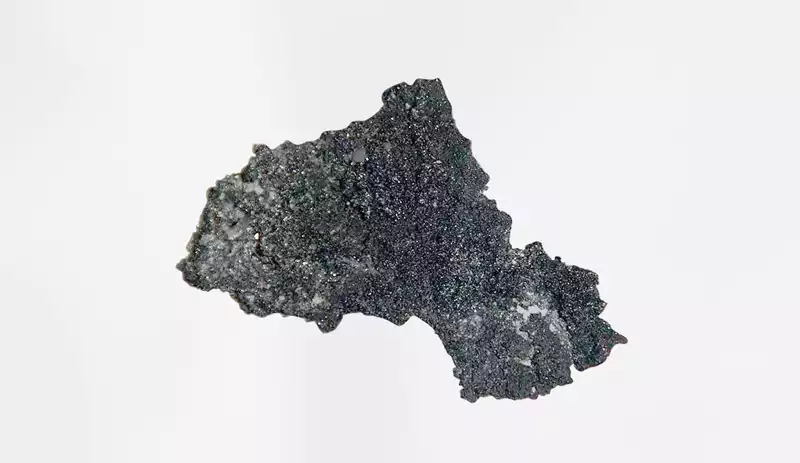You can also be interested in these:
- AMD Zen 3 vs Zen 4: The evolution and revolution
- What is the AMD FidelityFX Super Resolution?
- New Intel XeSS AI Super Sampling: More FPS in games
- The new Samsung QD-OLED technology explained
Graphene is considered a prodigious material capable of revolutionizing the world of technology due to its various applications and capabilities. The expectations around graphene are not being fully met, since one of its main drawbacks is that its development is slow and involves a higher compared to the use of other materials. That is why several scientists are currently working on another alternative: Borophene.

Years have passed since the discovery of Graphene and although we can already find some devices made with this material on the market, they have not just spread and fully across all consumer goods production chains. This has aroused an increased interest in other two-dimensional materials. Among the competing candidates for Graphene, one of the most impressive is Borophene.
What is Borophene?
The history of this material is not very old. Although it was not synthesized until 2015, the origin of Borophene dates back to the 1990s when a group of scientists predicted its existence by running computer simulations that exposed the possibility that boron atoms were capable of forming a monolayer.
The scientific definition of Borophene goes like this: “proposed crystalline allotrope for boron”, in other words a “crystalline atomic monolayer of boron”. The hexagonal structure of atoms is very similar to that on the Graphene carbon atoms, although in this case it is boron atoms with an extra boron atom located in the center of each hexagon.
Some of the most outstanding characteristics of Borophene are the following:
- It is stronger and more flexible than graphene.
- Good conductor of heat and electricity.
- Capable of catalyzing the decomposition of hydrogen and oxygen.
- Lightweight.
- Has the ability to act as a reactant.
- It can store more than 15% of its weight in hydrogen.
Why could Borophene be better than Graphene?
Both materials are closely related on the basis that their atomic structure is very similar. Of the main characteristics of this material mentioned above, there are several considerations from the scientific community that classify it as an option that go beyond the benefits and quality Graphene provides for different reasons.
To begin with, Borophene is stronger and more flexible than Graphene, a very relevant characteristic if we take into account that Graphene has greater hardness than diamond and that it comes from pure carbon (one of the hardest elements that exist on the planet). Also, Borophene is a superconductor of electricity. Its peculiar crystalline structure formed by boron atoms is responsible for providing this quality, since the gaps that remain between the atoms make the superconductivity of boron possible.
Among its benefits, the ability of Borophene to catalyze the decomposed hydrogen and oxygen also stands out. “Excellent catalytic results of Borophene have been found in the hydrogen evolution reaction, in the oxygen reduction reaction, in the oxygen evolution reaction and in the CO2 electro-reduction reaction”, explains the research team at the University of Xiamen (China) Zhi-Qiang Wang. This could mark a new era of water-based power cycles.
However, scientists still have a lot of work to do before Borophene use can be even considered to be around us. There is still a long way to go to find a way to produce Borophene in large quantities considering that the reactivity of the material makes it vulnerable to oxidation. These two factors make Borophene difficult to handle and expensive to manufacture, just like Graphene. Although this does not mean that in the not too distant future it will be able to compete with Graphene.
More stories like this
- AMD Zen 3 vs Zen 4: The evolution and revolution
- What is the AMD FidelityFX Super Resolution?
- New Intel XeSS AI Super Sampling: More FPS in games
- The new Samsung QD-OLED technology explained
- What printer requires the less ink?
- The history of RPG and why it is beloved by many